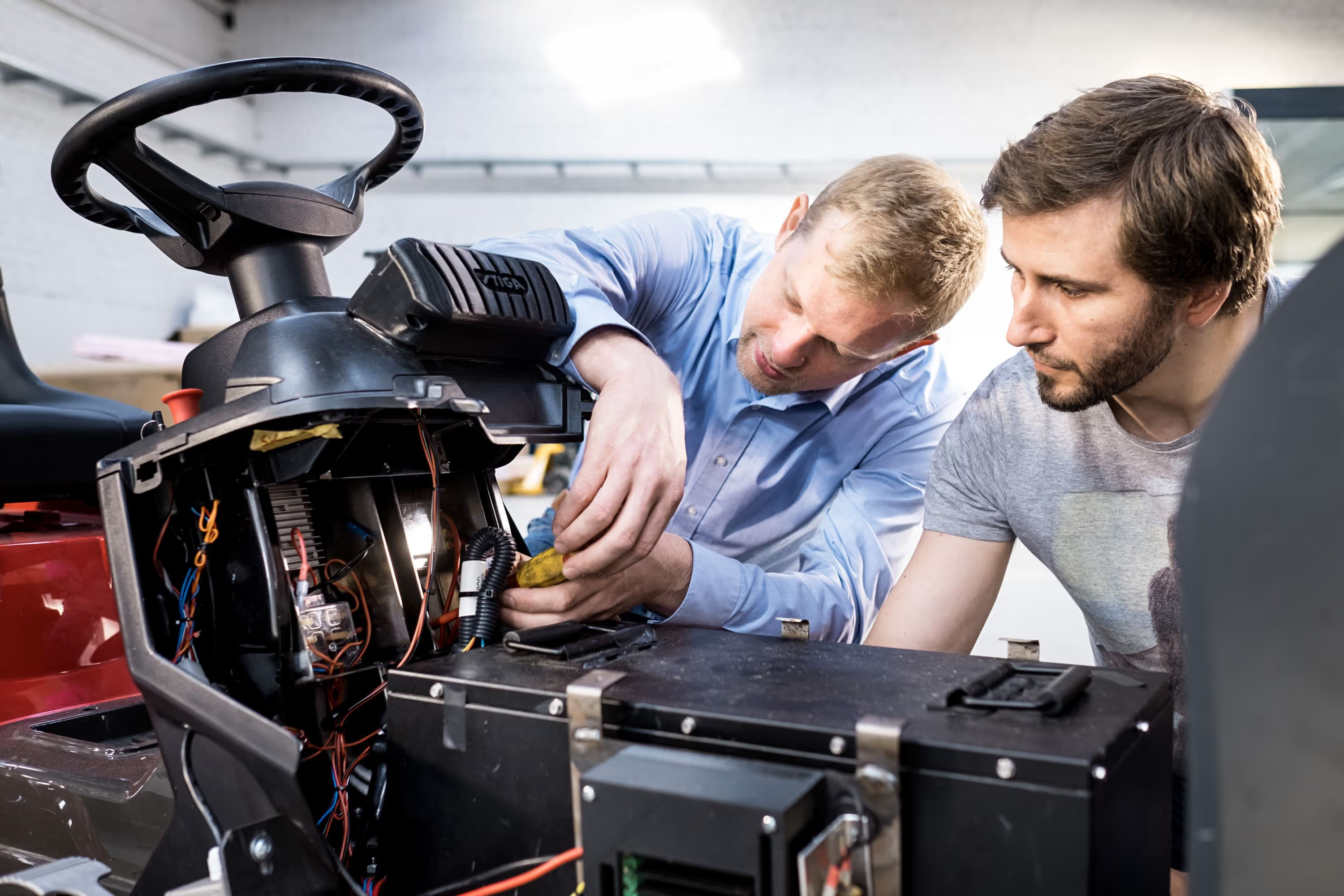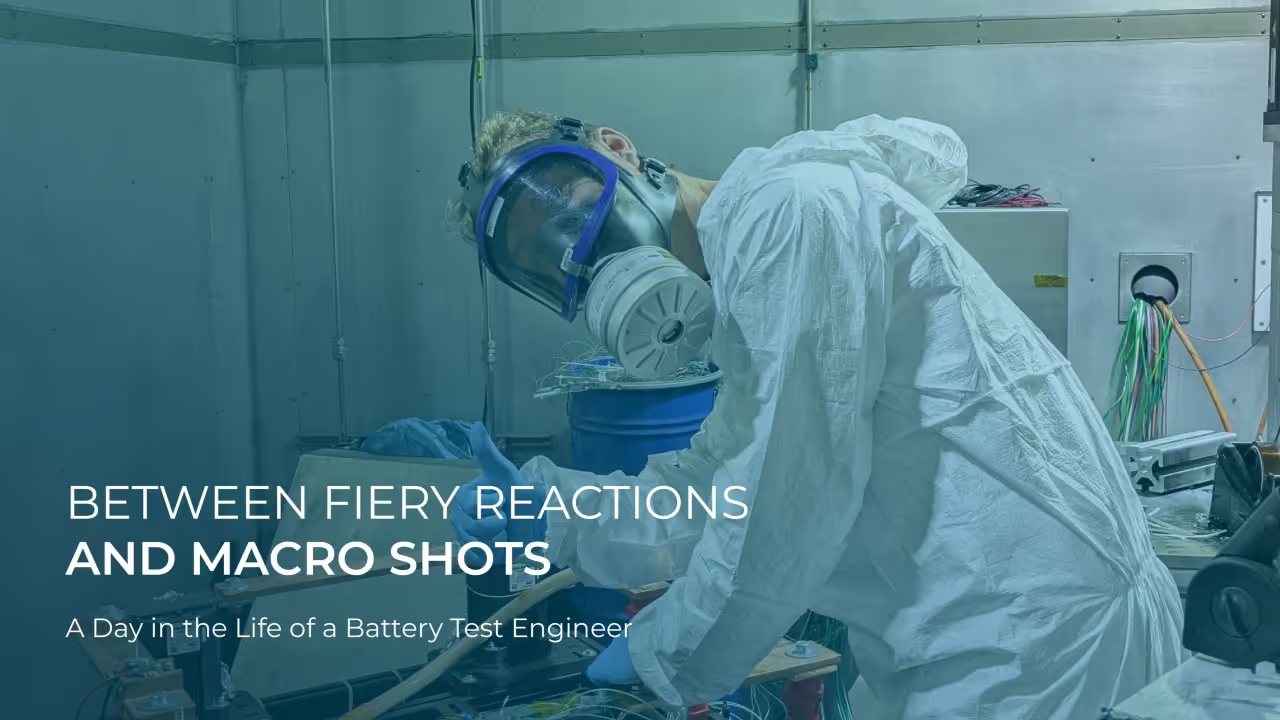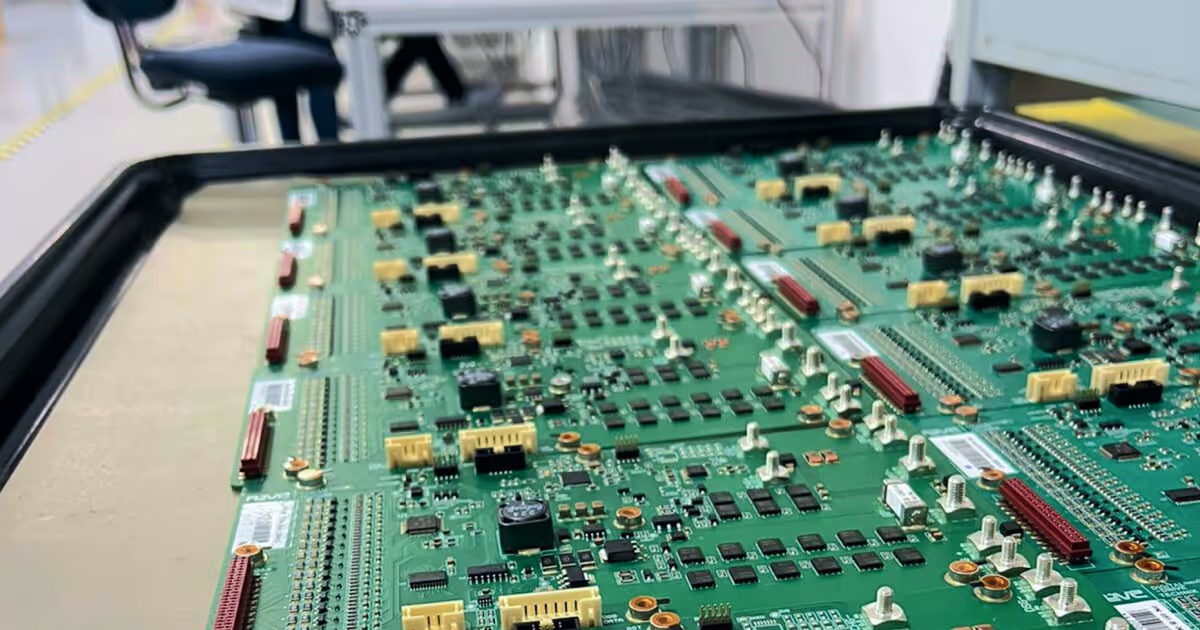Tisax
TISAX is a standardized information security assessment framework for the automotive industry that ensures data protection and trust among supply chain partners through rigorous security evaluations.
In today's interconnected automotive ecosystem, where battery technology represents one of the most valuable and vulnerable assets, protecting sensitive information has become a critical business imperative. TISAX, which stands for Trusted Information Security Assessment Exchange, provides the automotive industry with a standardized approach to information security assessments that builds trust and ensures compliance across complex supply chains. For battery manufacturers, component suppliers, OEMs, and EV producers, understanding and implementing TISAX is no longer optional—it's essential for protecting intellectual property, maintaining competitive advantage, and securing business relationships in an increasingly digital and regulated environment.
Understanding TISAX Fundamentals
TISAX was developed through collaboration between the German Association of the Automotive Industry (VDA) and the ENX Association to address the growing need for standardized information security assessments across the automotive supply chain. Unlike traditional security audits that vary between organizations, TISAX provides a unified framework that ensures consistent evaluation criteria, mutual recognition of assessment results, and reduced audit fatigue for suppliers serving multiple automotive clients. The framework establishes clear security requirements and assessment levels that companies must meet to demonstrate their commitment to protecting sensitive information.
Core Components and Assessment Levels
The TISAX framework operates through three primary assessment levels that correspond to different protection needs and risk profiles. Level 1 represents basic protection requirements, Level 2 addresses standard protection needs for most business information, and Level 3 provides high protection for particularly sensitive data—exactly the kind of information battery companies handle regarding cell chemistry, manufacturing processes, and proprietary technologies. Each level specifies detailed control requirements across domains including information security management, physical security, data protection, and incident management, with assessment scopes tailored to the specific information types being protected.
Governance and Accreditation Structure
TISAX operates under a well-defined governance model where the ENX Association manages the overall framework while accredited assessment providers conduct the actual evaluations. Companies seeking TISAX compliance must work with these accredited providers who follow standardized assessment methodologies and reporting formats. The results are then shared through the TISAX exchange platform, allowing automotive partners to verify compliance status without requiring redundant assessments. This streamlined approach significantly reduces the administrative burden on battery suppliers while ensuring consistent security standards across the industry.
TISAX Relevance for Battery Industry Professionals
For professionals in the battery technology sector, TISAX represents more than just another compliance requirement—it serves as a strategic framework for protecting valuable intellectual property and maintaining competitive positioning. Battery manufacturers handle extremely sensitive information including electrode formulations, cell assembly processes, testing methodologies, and battery management system algorithms that represent significant R&D investments. A security breach could compromise years of development work and provide competitors with unfair advantages, making robust information protection absolutely essential for business survival and growth.
Protecting Battery Intellectual Property
The battery industry faces unique security challenges due to the high value of technical knowledge and the global nature of supply chains. TISAX helps battery companies establish comprehensive protection for their most critical assets by implementing controls around data classification, access management, encryption standards, and secure information exchange. Specific to battery technology, this means protecting CAD files for cell designs, simulation data for thermal management systems, proprietary algorithms for state-of-charge calculations, and manufacturing process parameters that differentiate premium battery products from commodity offerings.
Meeting Automotive OEM Requirements
Major automotive OEMs increasingly mandate TISAX compliance for their battery suppliers as part of their qualification processes. Without TISAX certification, battery manufacturers risk exclusion from lucrative contracts with automotive partners who require demonstrated security capabilities. The framework provides a common language for security expectations, allowing battery suppliers to efficiently address multiple customer requirements through a single assessment process. This standardization is particularly valuable as battery companies often serve multiple OEMs with varying security expectations and assessment methodologies.
Implementation Strategy for Battery Companies
Successfully implementing TISAX requires a structured approach that aligns with business objectives and risk tolerance. Battery companies should begin with a comprehensive gap analysis comparing current security practices against TISAX requirements, followed by prioritized remediation activities addressing the most critical gaps first. Implementation typically spans several months and involves cross-functional collaboration between engineering, IT, quality, and management teams to ensure all aspects of information security are properly addressed.
Assessment Preparation and Execution
Preparation for TISAX assessment involves documenting security policies, implementing required controls, conducting internal audits, and gathering evidence of compliance. Battery companies should pay particular attention to areas like research and development data protection, secure collaboration with partners, and protection of manufacturing know-how. During the assessment, accredited auditors evaluate implementation through document reviews, interviews, and technical testing to verify that security controls are properly designed and effectively operating.
Common Implementation Challenges
Battery companies often face specific challenges when implementing TISAX, including balancing security requirements with engineering collaboration needs, protecting legacy systems not designed with modern security in mind, and managing the cost and complexity of comprehensive security programs. Many organizations struggle with clearly defining information classification schemas that distinguish between different sensitivity levels of battery-related data, or establishing access controls that prevent unauthorized information sharing while still enabling necessary collaboration across development teams and with external partners.
Business Benefits Beyond Compliance
While TISAX compliance is often driven by customer requirements, the framework delivers significant business benefits that extend far beyond meeting contractual obligations. Companies that achieve TISAX certification typically experience improved operational efficiency through standardized processes, enhanced reputation among automotive partners, and reduced risk of costly security incidents. For battery technology companies, these benefits translate into stronger competitive positioning, increased win rates for new business, and improved ability to attract investment and partnership opportunities.
Competitive Advantage and Market Access
TISAX certification serves as a powerful differentiator in the competitive battery market, demonstrating to potential customers that a company takes information security seriously and has implemented industry-best practices. This certification becomes increasingly important as battery technology evolves and companies seek to protect their innovations from imitation or theft. Additionally, TISAX compliance facilitates smoother entry into new markets and partnerships by providing a recognized security credential that reduces the need for customer-specific security assessments.
Risk Management and Incident Prevention
The structured approach to information security required by TISAX helps battery companies systematically identify and address security risks before they materialize into actual incidents. By implementing comprehensive security controls and establishing clear processes for incident detection and response, companies can significantly reduce the likelihood and impact of security breaches that could compromise valuable intellectual property or disrupt operations. This proactive risk management approach is particularly valuable in the battery industry where the consequences of intellectual property theft can be devastating to business viability.
Conclusion
TISAX has emerged as an essential framework for battery industry professionals seeking to protect their valuable intellectual property while meeting the stringent requirements of automotive partners. By providing standardized security assessment criteria and mutual recognition across the industry, TISAX enables battery companies to demonstrate their security capabilities efficiently while focusing resources on innovation and business growth. As the automotive industry continues its rapid transition toward electrification, TISAX compliance will become increasingly fundamental to successful participation in the battery supply chain.
Partnering with PEM Motion for TISAX Success
Navigating the complexities of TISAX implementation and compliance requires specialized expertise that combines information security knowledge with deep understanding of battery technology requirements. PEM Motion serves as an invaluable partner for battery manufacturers, component suppliers, OEMs, and EV producers seeking to achieve and maintain TISAX compliance while optimizing their security investments. With extensive experience in Battery Testing & Compliance, BMS Solutions, Training, and Operations Support, PEM Motion provides comprehensive assistance throughout the TISAX journey.
Comprehensive TISAX Support Services
PEM Motion offers end-to-end support for TISAX compliance, beginning with initial gap assessments and continuing through implementation guidance, documentation preparation, and post-assessment improvement planning. Their team understands the unique security challenges facing battery companies and provides tailored solutions that address specific protection needs for battery designs, manufacturing processes, testing data, and proprietary technologies. This specialized approach ensures that security controls are both effective and practical within the context of battery development and production environments.
Integration with Broader Compliance Strategy
Beyond TISAX-specific support, PEM Motion helps battery companies integrate information security requirements with other compliance obligations including international standards for battery safety, performance testing, and environmental regulations. This holistic approach ensures that security measures complement rather than conflict with other quality and compliance initiatives, maximizing efficiency while minimizing duplication of effort. By leveraging PEM Motion's expertise, battery companies can navigate the complex landscape of automotive requirements with confidence, knowing that their security program aligns with industry expectations and supports business objectives.
Our Focus
What we do
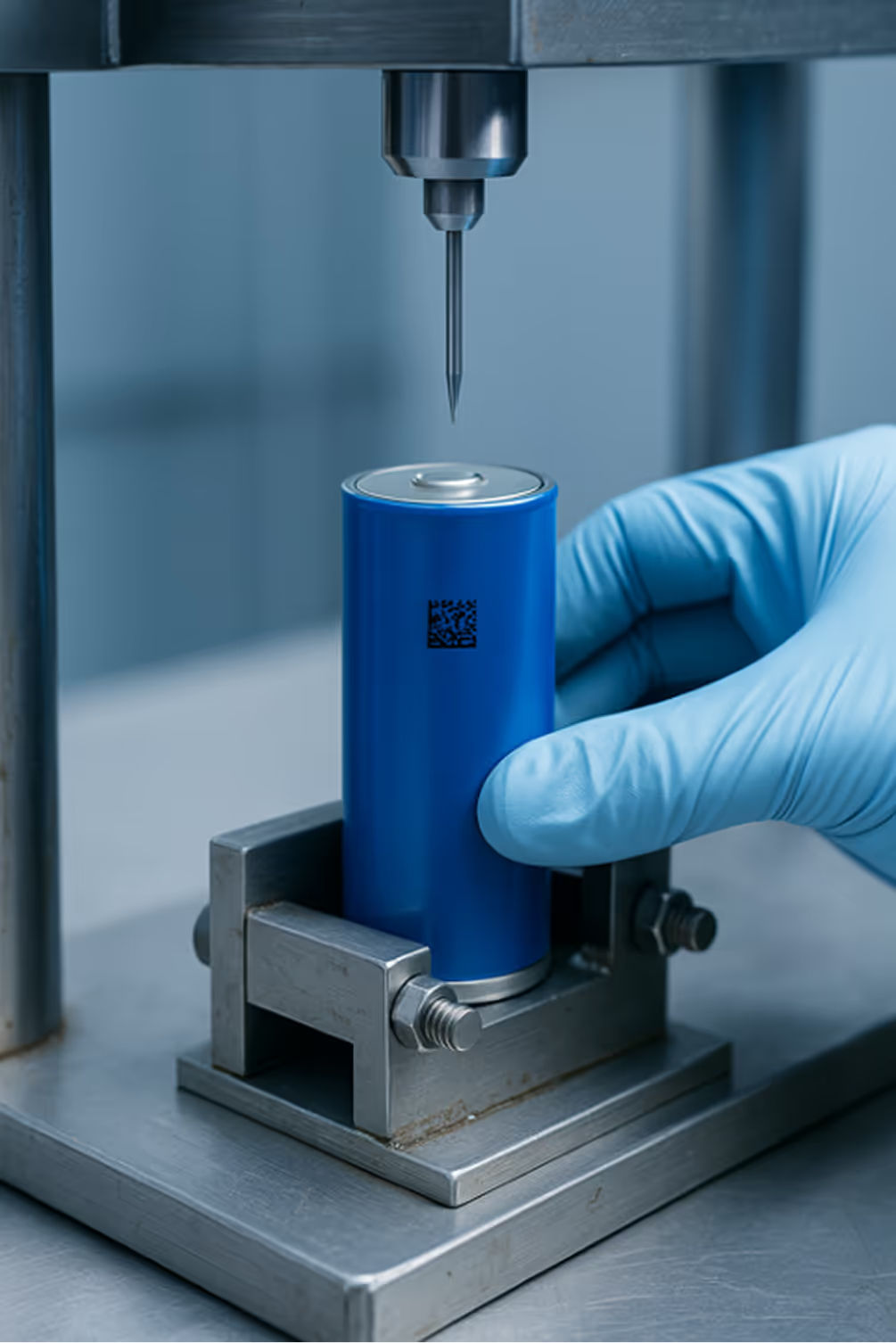
BATTERY Compliance
We ensure your batteries meet all compliance standards for safety and performance.

OPERATIONS & TRAINING
We empower your team with comprehensive training and operational consultation for battery technology and energy storage solutions.
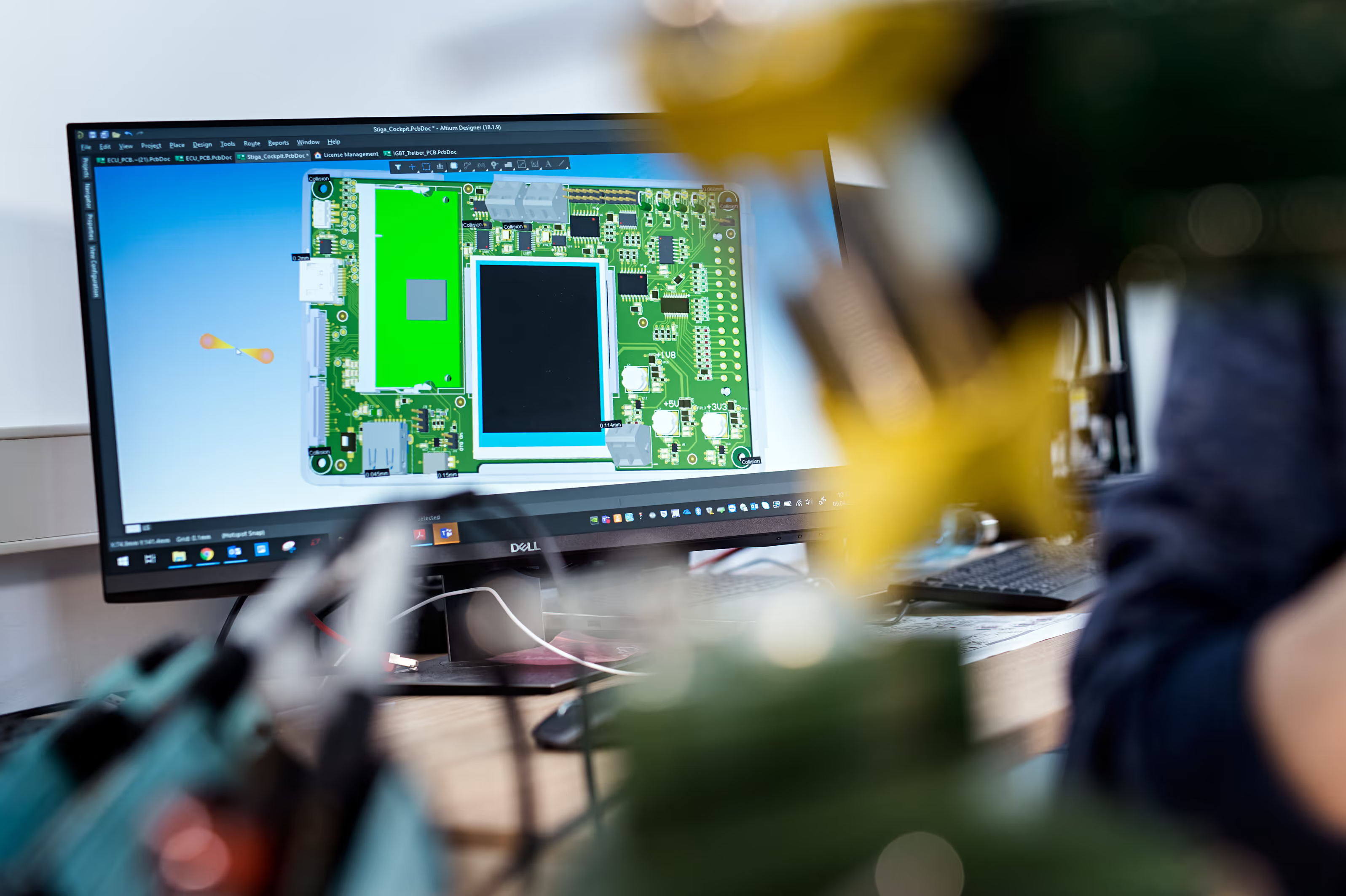
BMS SOLUTIONS
We offer a wide range of Li-Ion battery solutions and Battery Management Systems for various industries.










